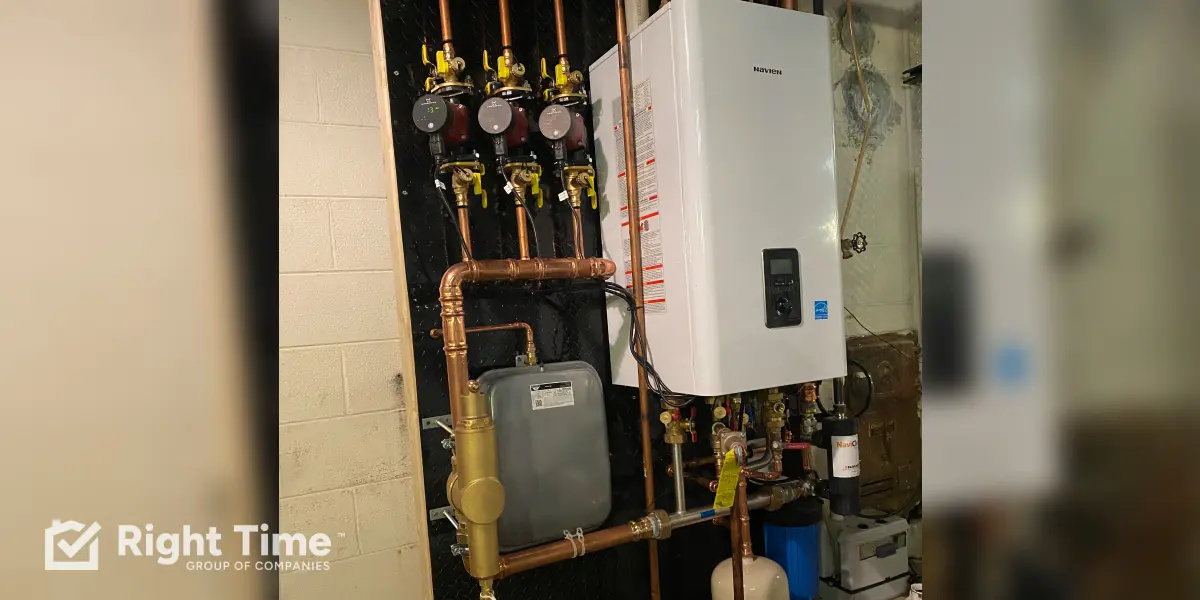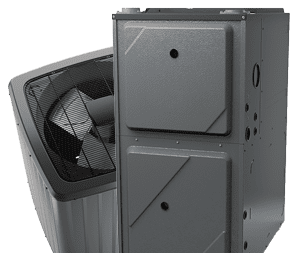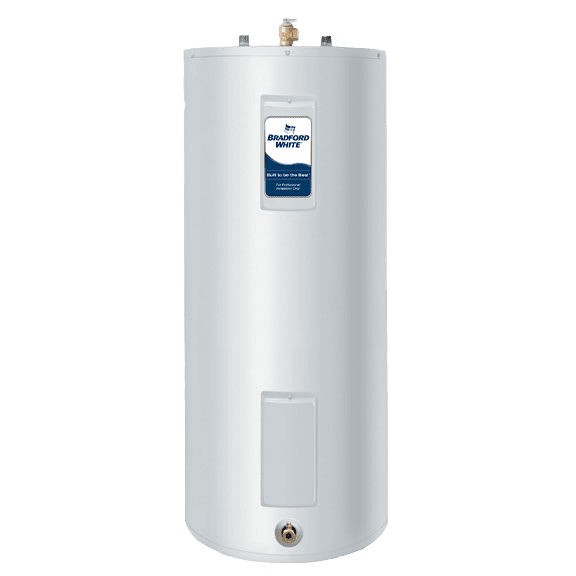What To Do If Your Boiler Is Leaking From The Bottom

A puddle of water beneath your boiler is never a welcome sight, especially during Toronto’s frigid winter months when your heating system is working overtime. This concerning discovery requires immediate attention, as even a small leak can quickly escalate into significant water damage, mold growth, or complete system failure.
Before jumping to conclusions, it’s important to verify that you’re dealing with an actual leak rather than condensation. High-efficiency boilers commonly produce condensation during cold starts, which can appear as water droplets beneath the unit. However, if water continues to pool or drip steadily from the bottom of your boiler, you’re likely facing a genuine leak that demands prompt action.
Common Culprits Behind Bottom Boiler Leaks
The most frequent cause of bottom leaks in Toronto homes is corrosion within the boiler tank itself. Our city’s hard water, laden with minerals, accelerates the deterioration of internal components over time. This is particularly problematic in older boilers that have been faithfully serving homes for 15 years or more. The constant exposure to high temperatures and mineral deposits eventually weakens the tank’s integrity, creating small fissures that allow water to escape.
Faulty internal components represent another significant source of bottom leaks. Heat exchangers, pumps, and pressure relief valves all operate under extreme conditions and can fail without warning. Additionally, damaged drain valves or loose fittings at the base of the unit frequently cause water to escape. These issues often stem from improper installation or inadequate maintenance over the years.
System pressure problems can also force water out from the bottom of your boiler. When pressure exceeds the optimal range of 1-1.5 bars, the excess force can compromise seals and gaskets, creating escape routes for water. Toronto’s harsh winter conditions add another layer of complexity – frozen pipes can burst and direct water toward the boiler’s base, mimicking a bottom leak.
Essential Steps to Take Immediately
Safety must be your primary concern when dealing with a leaking boiler. Begin by turning off the power supply at your home’s main electrical panel to eliminate any risk of electrical shock from water exposure. Next, locate and close the water supply isolation valve, typically found near the boiler, to prevent additional water from entering the system.
For gas-powered boilers, which are common in Toronto homes, shut off the gas supply valve as an extra precaution. If you’re comfortable doing so, attach a hose to the drain valve at the bottom of the boiler and direct it to a floor drain or bucket to remove excess water from the system. Clean up any standing water immediately to prevent slip hazards and floor damage.
While these immediate actions can minimize damage, they’re temporary measures at best. Professional intervention is almost always necessary for bottom leaks, as they typically indicate complex internal problems requiring specialized tools and expertise. In Toronto, certified HVAC technicians must handle gas appliance repairs to comply with Technical Standards and Safety Authority regulations. Contact a professional immediately if the leak persists, water output exceeds a slow drip, or if you notice any unusual odors that might indicate a gas leak.
Keep Your Home Safe with AtlasCare
If you’re facing a leaking boiler, don’t wait for the problem to escalate. AtlasCare, located in Toronto, offers expert boiler repair services to ensure your heating system functions safely and efficiently. Our certified technicians specialize in diagnosing and resolving boiler issues, providing peace of mind during the cold months. For reliable and professional assistance, check out our boiler services in Toronto today!

